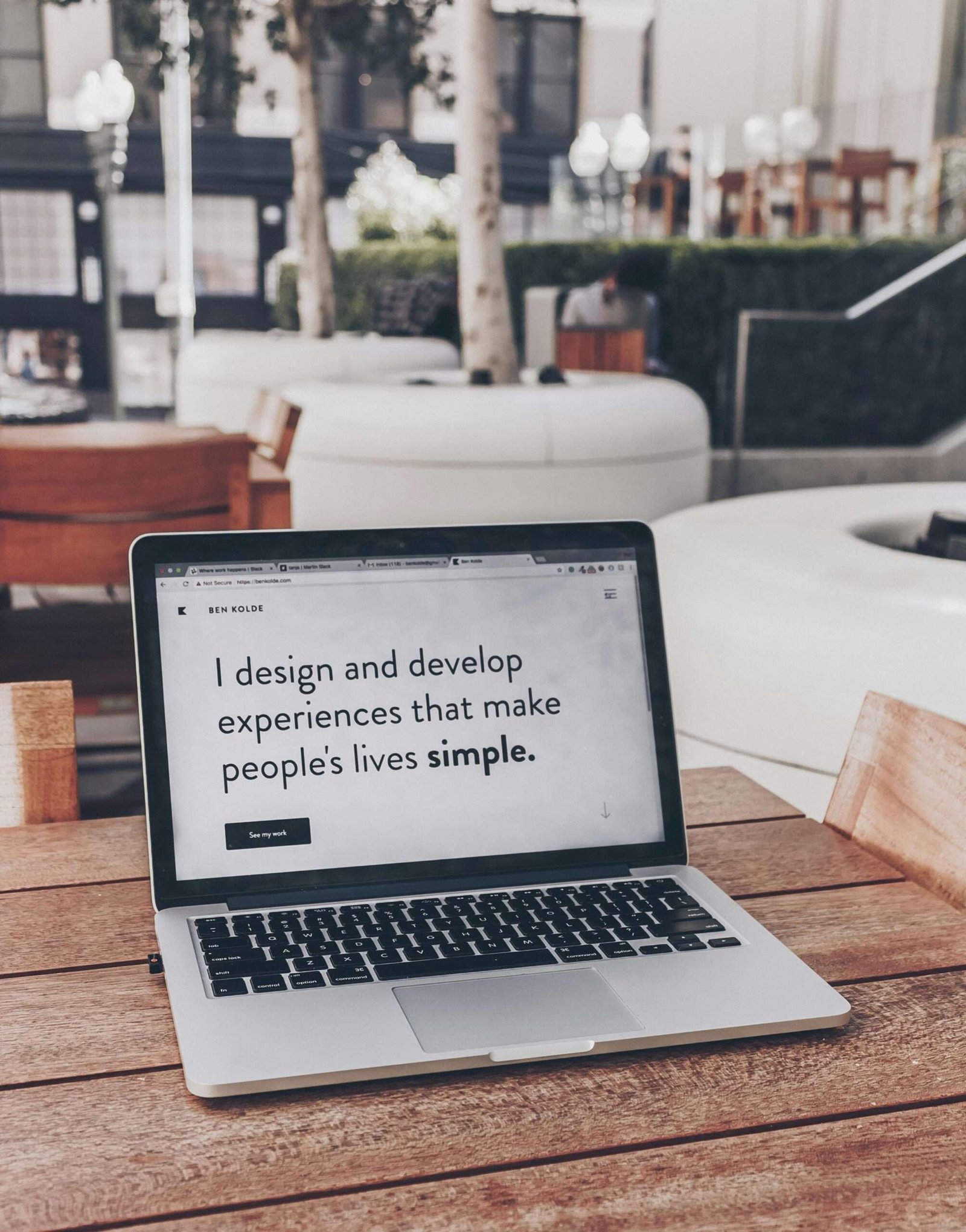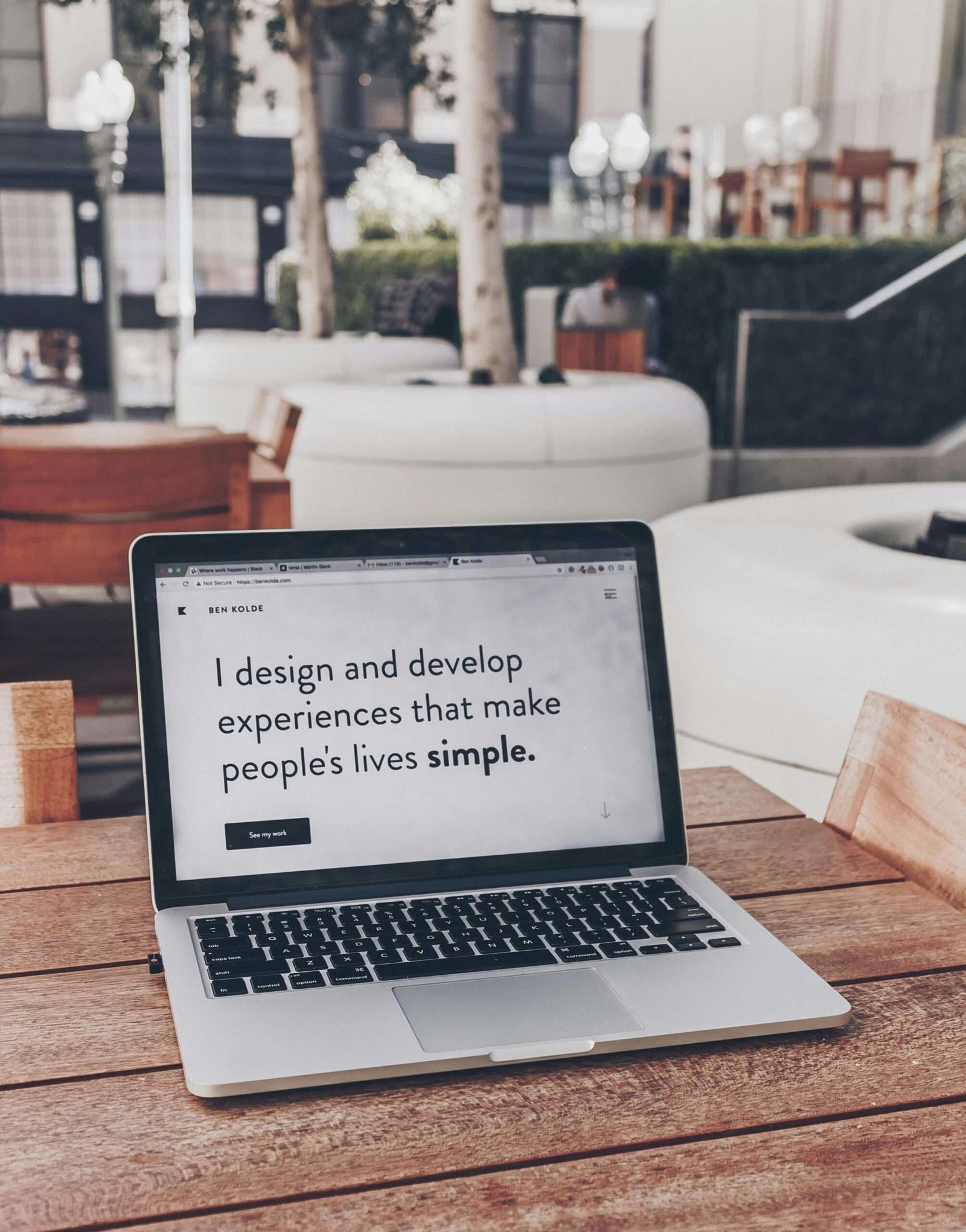In today’s digital age, having an accessible and inclusive website is not only a legal requirement but also a moral obligation. It ensures that people of all abilities can access and navigate your website without any barriers. By making your website more accessible, you can reach a wider audience and provide a better user experience for everyone. In this article, we will discuss some key strategies to make your website more accessible and inclusive for everyone.
1. Use Clear and Descriptive Headings:
Headings play a crucial role in organizing content and providing a clear structure to your website. Use descriptive headings that accurately reflect the content of each section. This helps users with screen readers to navigate through your website easily.
2. Provide Alternative Text for Images:
Images are an important visual element on a website, but they can be inaccessible to people with visual impairments. By providing alternative text (alt text) for images, you can describe the content of the image to users who cannot see it. This ensures that everyone can understand the context and purpose of the image.
3. Use Descriptive Link Text:
When adding hyperlinks to your website, avoid using generic phrases like “click here” or “read more.” Instead, use descriptive link text that provides information about the destination or purpose of the link. This helps users who rely on screen readers to understand the context of the link without having to read the surrounding text.
4. Ensure Keyboard Accessibility:
Not all users can navigate a website using a mouse. Some rely on keyboard navigation to browse the web. Make sure that all interactive elements, such as buttons and form fields, can be accessed and activated using the keyboard alone. This ensures that users with mobility impairments can fully interact with your website.
5. Provide Captions and Transcripts for Multimedia:
Videos and audio content are becoming increasingly popular on websites. However, they can present barriers for users with hearing impairments. To make your multimedia content accessible, provide captions for videos and transcripts for audio content. This allows users to understand the information presented in the media, regardless of their hearing abilities.
6. Choose Color Contrast Wisely:
Color plays an important role in web design, but it can create challenges for users with visual impairments or color blindness. Ensure that there is sufficient contrast between the text and background colors to make it easy to read. Use tools like color contrast checkers to ensure that your website meets accessibility standards.
7. Make Forms Accessible:
Forms are a common element on websites, but they can be difficult to navigate for users with cognitive or visual impairments. Use clear labels and instructions for form fields, and consider providing suggestions or examples where applicable. Additionally, ensure that form validation messages are clearly indicated to help users understand any errors or missing information.
8. Test Your Website with Assistive Technologies:
To truly understand the accessibility of your website, it’s important to test it with assistive technologies. Screen readers, keyboard-only navigation, and other tools can help you identify any barriers or issues that may exist. Regularly testing your website will allow you to make necessary improvements and ensure a better user experience for all.
Conclusion:
Creating an accessible and inclusive website is not only a legal requirement but also a way to demonstrate your commitment to inclusivity and equal access for all users. By implementing these strategies, you can make your website more accessible and provide a better user experience for everyone. Remember to regularly review and update your website to ensure ongoing accessibility improvements.



